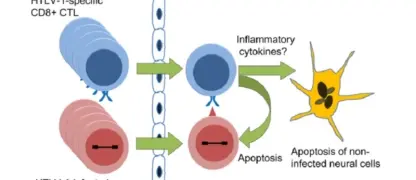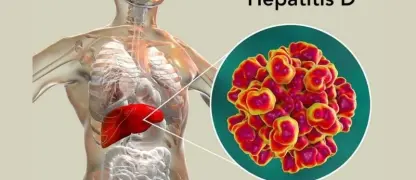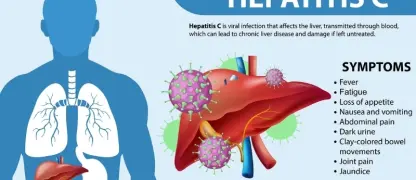Yellow Fever is a serious viral disease spread by mosquitoes. Understanding symptoms, vaccination, and prevention measures is essential to stay safe in affected regions.
What are the main causes of Yellow Fever?
- Yellow Fever is primarily caused by the bite of infected Aedes or Haemagogus mosquitoes transmitting the virus to humans.
- Traveling to or living in tropical areas where Yellow Fever is endemic significantly increases the risk of infection.
- Lack of vaccination and poor mosquito control measures in affected regions contribute to the spread of the disease.
Key symptoms of Yellow Fever to watch for
- Fever, chills, and severe headache are among the first signs of Yellow Fever appearing within 3–6 days of infection.
- Jaundice, dark urine, and yellowing of the skin indicate the liver is affected by the Yellow Fever virus.
- Nausea, vomiting, muscle pain, and fatigue are common symptoms signaling the progression of the disease.
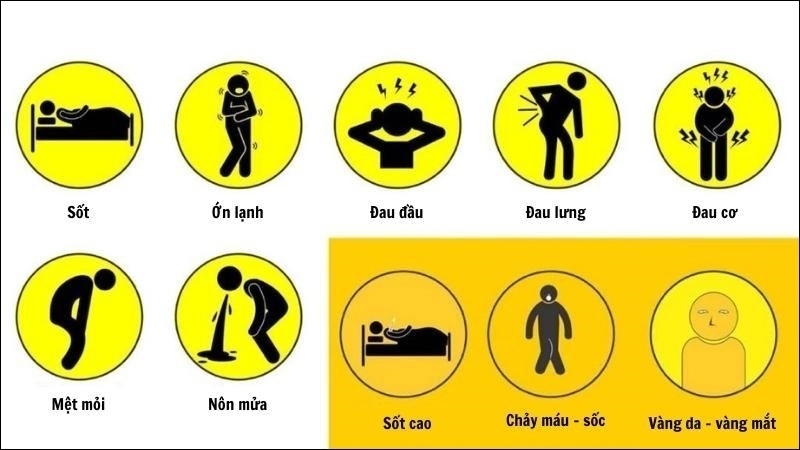
>>>Learn more: Dengue Hemorrhagic Fever treatment and home remedies
How can you prevent Yellow Fever effectively?
- Vaccination against Yellow Fever is the most effective way to prevent infection and is recommended for all travelers to endemic areas.
- Using insect repellent, wearing long sleeves, and sleeping under mosquito nets reduce exposure to virus-carrying mosquitoes.
- Avoiding stagnant water and areas with high mosquito activity helps minimize the risk of being bitten and contracting the virus.
>>>Learn more: Understanding lassa fever symptoms causes and risks
Image description of Yellow Fever
Yellow Fever is a viral disease transmitted by infected mosquitoes, primarily affecting tropical regions. It can cause fever, jaundice, and severe organ damage if untreated.
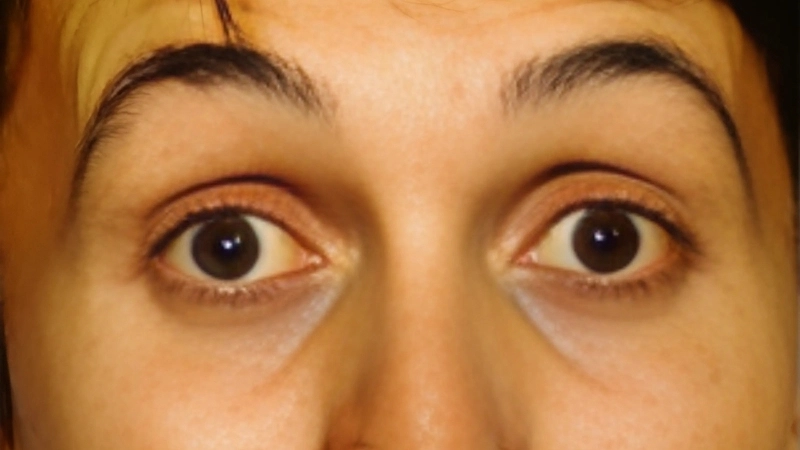
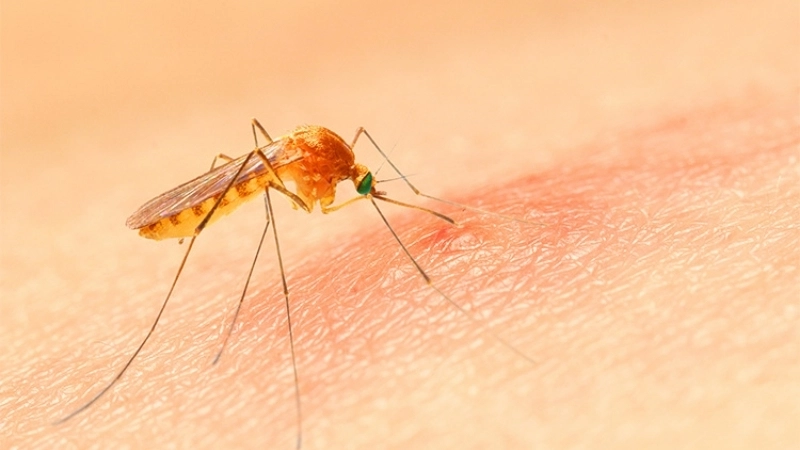
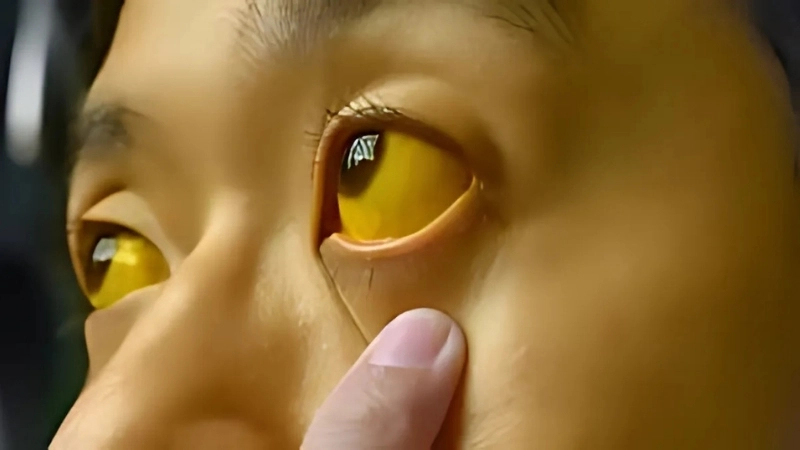





>>>Learn more: Understanding marburg virus disease symptoms and risks
Staying informed about Yellow Fever and taking preventive measures like vaccination and mosquito protection can significantly reduce your risk and ensure safer travel to affected areas.


